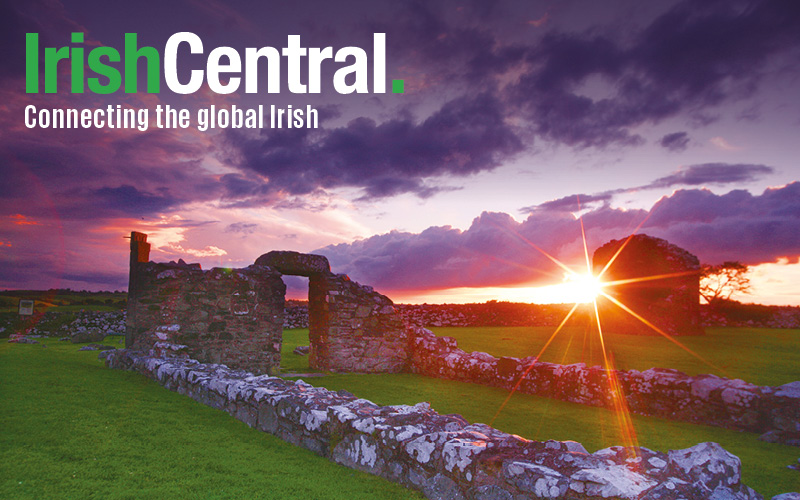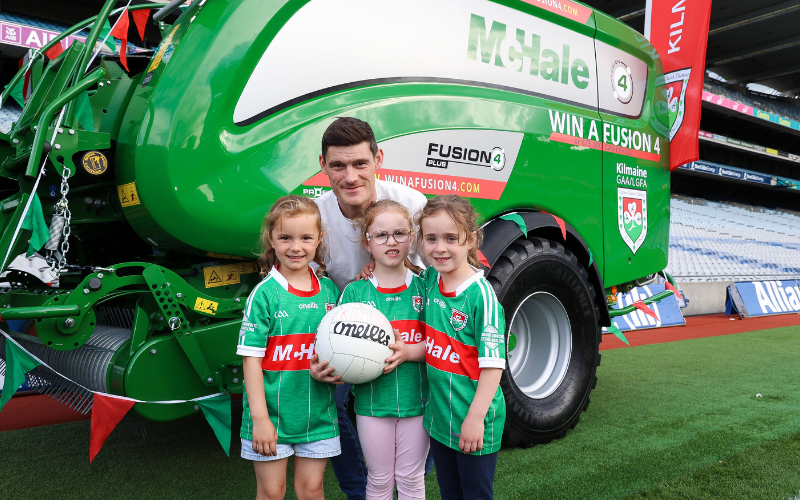Although never much of a gambler, I am strongly tempted to place a bet on the result of the next Irish general election. It is expected to take place at the end of February or in early March and might even happen sooner. There are so many possible outcomes to the contest that you could just be lucky and hit the jackpot.
At time of writing, the shortest odds with Irish bookmaker Paddy Power are on a coalition between Fine Gael and Fianna Fáil at 13/8. Up to recently this looked like a pretty remote possibility but it has been gaining some credence lately.
A long-time member of Fianna Fáil who formerly held a very lofty position but is now out in the cold told me it would cause ructions in the party. That is undoubtedly true but the leadership could still decide to go ahead. When couples get engaged to be married it can cause problems in either or both families, but the wedding usually takes place anyway.
Going it alone in government used to be portrayed as a "core value" for Fianna Fáil but they abandoned that in 1989 when then-leader Charles J. Haughey formed a coalition with the Progressive Democrats who were headed by his longtime critic and opponent, Desmond O'Malley. Elements among the FF membership were unhappy about the alliance with a man who had previously been expelled from the party, but it still went ahead.
If a coalition of any kind happens to be on the table for Fianna Fáil after this election, the party is committed to holding a special conference to agree its position.
In the event that an alliance with Fine Gael is under discussion, the debate will be very interesting from an historical point of view as well as for other reasons.
The two parties trace their origins to the vicious Civil War of 1922-23. There have traditionally been class distinctions between them as well, with Fine Gael traditionally seen as representing the big farmers and professional classes, but these differences have eroded over the years.
Some of the other betting options include: the existing Fine Gael-Labour coalition to be re-elected: 9/4; Fine Gael majority government: 14/1; Fianna Fáil-Sinn Féin-Labour alliance: 18/1; Fine Gael-Sinn Féin combination: 22/1; Sinn Féin majority government: 66/1.
Even in advance of Taoiseach Enda Kenny blowing the starting whistle, the pre-election dogfight between the parties is already been under way. But once the votes are counted, attitudes will almost certainly change. In the words of the ill-fated Indian Prime Minister Indira Gandhi: "Politics is about the getting and wielding of power."
Those who are lucky enough to have a seat in the newly-elected Dáil Eireann will take stock of the situation very rapidly and assess the outlook for the next five years, which is the normal period until the subsequent general election.
The prospect of spending all that time on the opposition benches, listening to undeserving (in your eyes) members of the cabinet mumbling through prepared speeches, is not very appealing. A text message attributed to former government minister Mary Harney is often quoted as follows: "Your worst day in government is better than your best day in opposition."
Nobody knows for certain at this point in time what the lie of the land will be and the variety of potential combinations is intriguing. Some observers still believe the most likely outcome is a return of the Fine Gael-Labour coalition, but with much fewer seats than at present and relying on the support of independent non-party TDs and/or the smaller fringe parties outside the mainstream.
There will be 158 members in the next Dáil: due to changes in electoral boundaries this is eight fewer than the current assembly. After the election, one of the TDs will be elected as Ceann Comhairle (Speaker) of the House and then whoever wants to become Taoiseach will need at least 79 votes for a majority.
Academic analyst Dr Adrian Kavanagh from Maynooth University regularly translates poll results into potential Dáil seats. The precise figures he derived from surveys conducted in the last quarter of 2015 were as follows: Fine Gael 59.2; Fianna Fáil 32.3; Sinn Féin 27.2; Labour 4.9; Independents and fringe parties 34.3. If you drop the decimal points, that rounds off at a total of 157 seats with the last one up for grabs.
Since some of the current Labour deputies have a strong local presence, especially in rural areas, the estimate of only five seats for that party is probably too low. Most observers would be surprised if Labour came back with fewer than ten TDs.
The other estimates may not be too far out, even taking into account Tip O'Neill's dictum that "All politics is local". Fine Gael's fortunes have clearly improved. At the end of January, workers should notice an extra amount in their pay-packets due to a modest reduction in the tax burden by the Government.
Fianna Fáil will probably be ahead of Sinn Fein but not by much. The Independents and Others category is unlikely to return 34 TDs as voters will be seeking to elect a government and there is too much uncertainty in supporting fringe candidates.
Fine Gael is playing the stability card and deriving benefit from the improvement in Ireland's economic situation. Enda Kenny's party looks like taking at least 55 seats. However, some of these may well be at the expense of Labour who will have a tough battle to get into double figures. However, there will be no shortage of Independents offering to help the two parties make up the numbers to remain in government.
Relying on Independents is seen as an unstable option by many. Fianna Fail could come back with as many as 40 seats and a coalition with Fine Gael would have a very big majority that could provide stable government for the full five-year Dáil term.
However, Enda Kenny would still be Taoiseach. The only way for Fianna Fail leader Mícheál Martin to become head of government appears to be an alliance with Sinn Fein plus Labour and/or a scattering of Independents and Others. That would be quite a turn-up for the books and it is clear that Martin does not hold Gerry Adams and Sinn Féin in high regard, to put it mildly.
Meanwhile, Adams has dismissed out of hand a report in one of the Sunday newspapers which suggested he might be about to step down as Sinn Fein leader, to be replaced on an interim basis by Dublin TD and party vice-president, Mary Lou McDonald or Donegalman and abstentionist MP for West Tyrone, Pat Doherty, until an election took place internally.
However, judging from the warmth of the reception Adams got from the capacity crowd at a party gathering in Dublin's Mansion House recently, he does not need to worry about being edged out of his top position any time soon.
Deaglán de Bréadún is the author of "Power Play: The Rise of Modern Sinn Féin", published recently by Merrion Press




Comments